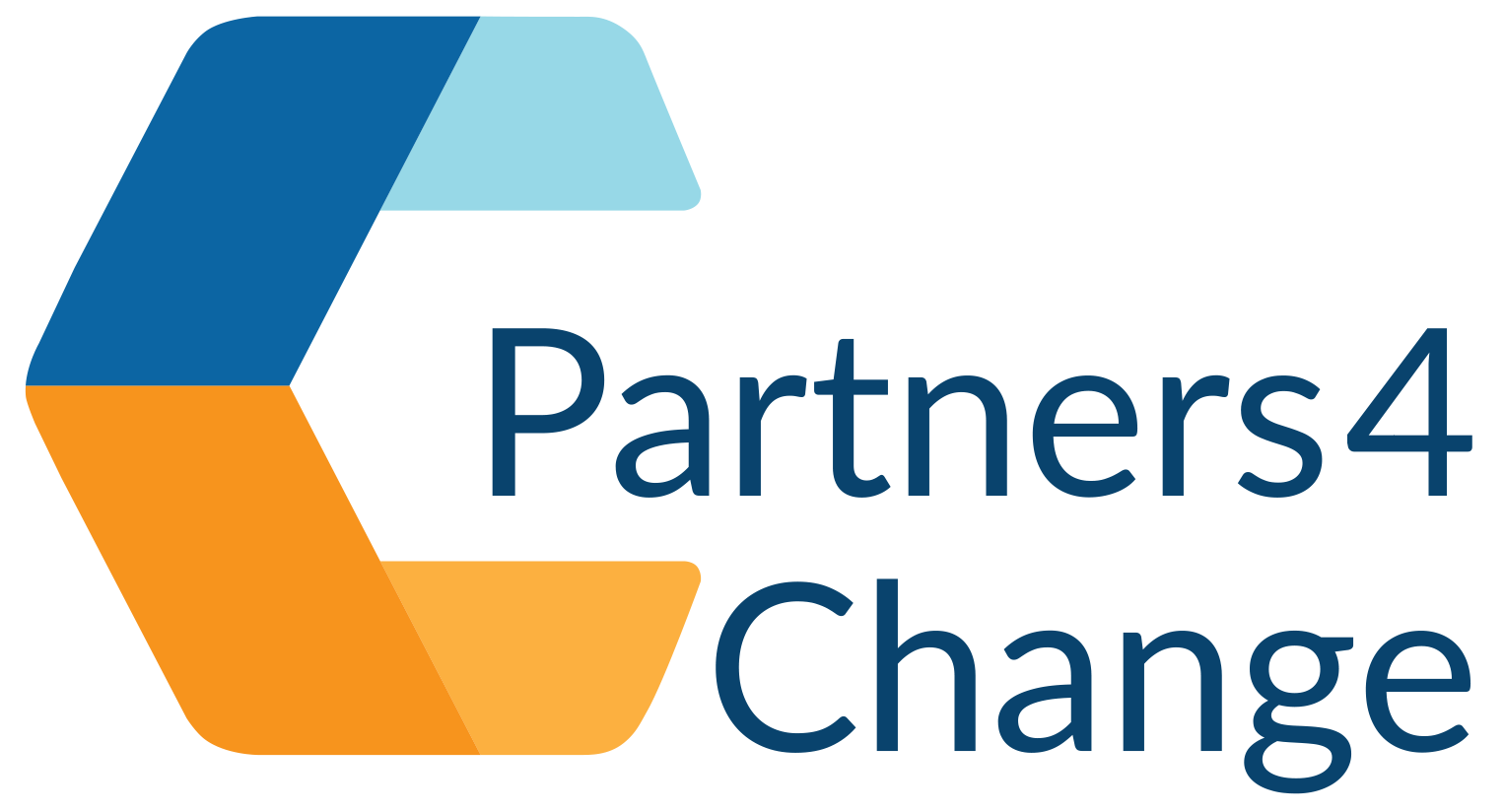Our second story of hope

Time for some myth busting with the second of our stories of the week. One of the questions we are sometimes is “who is suitable for a conversation?” The old-world approach to classifying people, ranking them in terms of priority and complexity, results in a pathway mindset which sends people down different routes, around the complicated monopoly board of “assessment” options. Leaving that culture behind isn’t easy, and some initially struggle with the intention of the Three Conversations, thinking that Conversation 1 is only for people coming to us for the first time, not appropriate for someone already known to them.
We don’t agree, and would ask “why wouldn’t we want to use this approach with everyone, treating all with respect, taking an interest in their lives, interests & preferences. Seeking to work with them & others to make the most of the options around them to improve their lives?”
A recent example came from a worker, we’ll call Karen, in a new innovation site. When Karen told this story she admitted she initially had some doubts about how the approach would work with the type of people that her team support, all of whom already have support in place.
What did Karen do? In old world concepts, Karen was ‘reviewing’ Brian – someone who had been given a label of severe learning disability. Karen visited Brian on one a day he spends at a stables – watching him competently saddle up a horse and ride – clearly loving the experience. She was able to have a really good talk with mum about the impact of this activity on his life, and how other things were going for him. Mum said this was the best ‘review’ experience she had had in 35 years with her local authority. Karen’s conclusion was that Brian was still clearly eligible, and that his support was working well for him and his mum.
What would she have done before? Before the 3 Conversations, Karen would have completed a ‘reassessment’, asking the same old questions about eligibility criteria that would inevitably lead to a list of things that Brian couldn’t do. She wouldn’t have gone to the stables and instead would have met Brian and Mum at home in order to gather the information she needed for her form. She reckons she saved at least 4 hours of meaningless completing of forms, whilst being able to write a compelling and proportionate account of her interaction – that really spoke of Brian as a person not a label, what he could do, and is doing, rather than what he couldn’t do.
In Three Conversations we like to focus on the Care Act idea of ‘taking stock with someone about their life’ rather than a formulaic set of questions focussing on their ‘care package’. We’ve seen the Three Conversation approach used time & again to work with people for almost any reason. As early intervention, improving an existing situation, helping people plan for the future, connecting people to other support, to safeguard people, supporting carers…
Who are you working with now that might benefit from this way of working?
